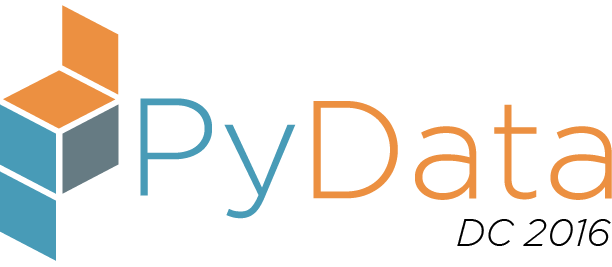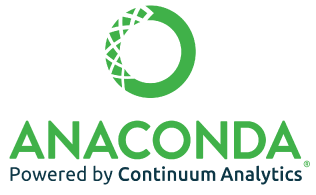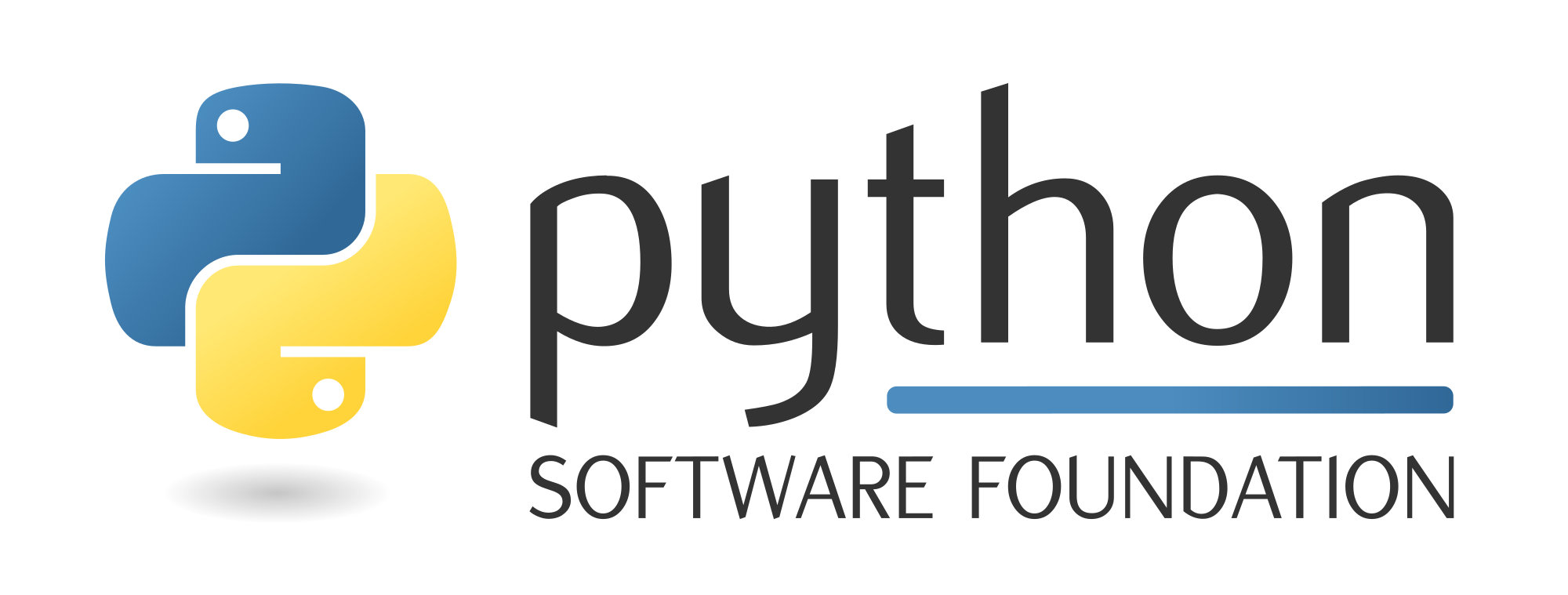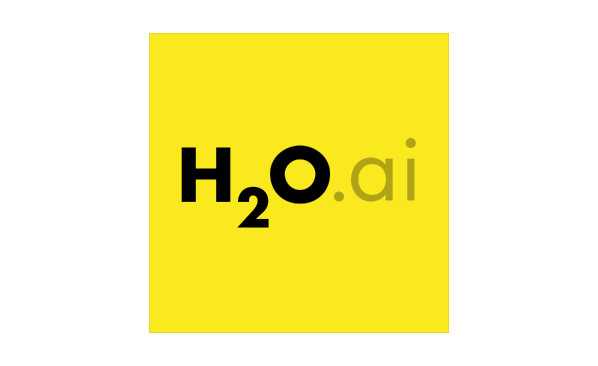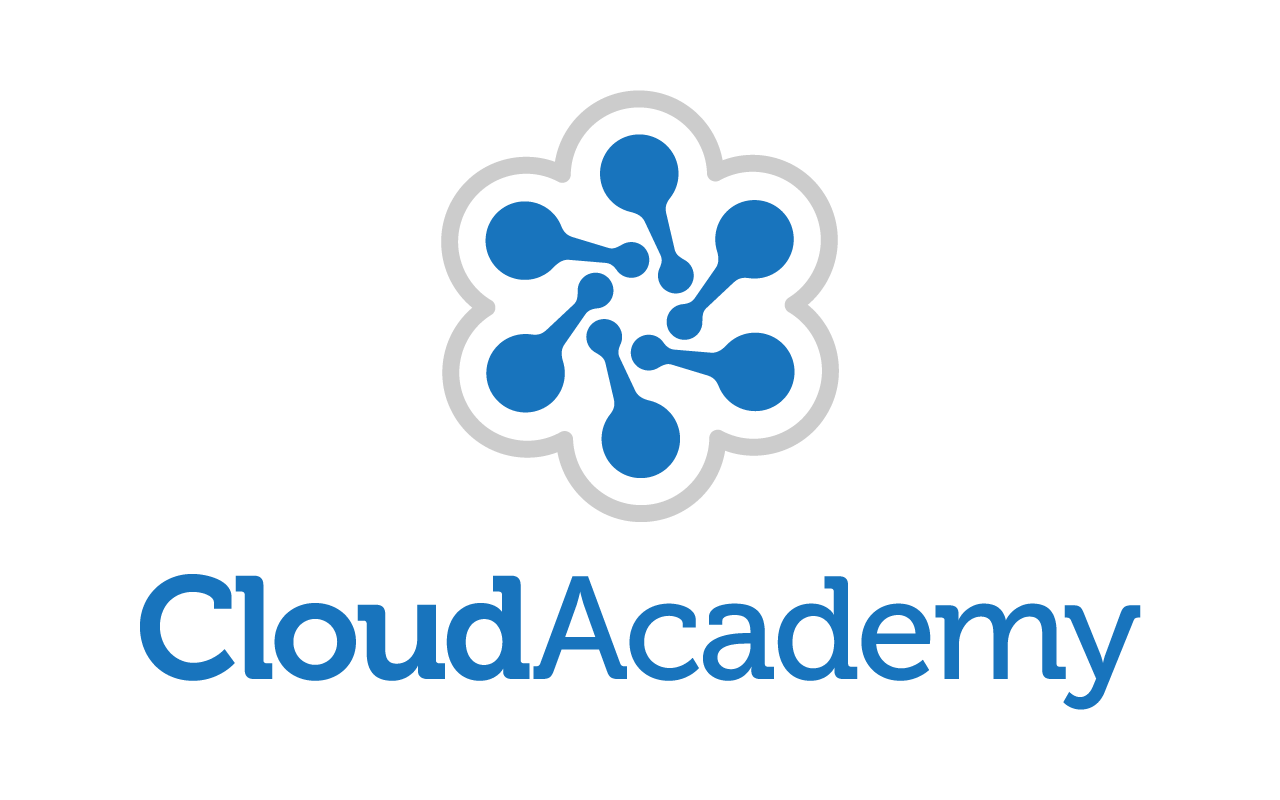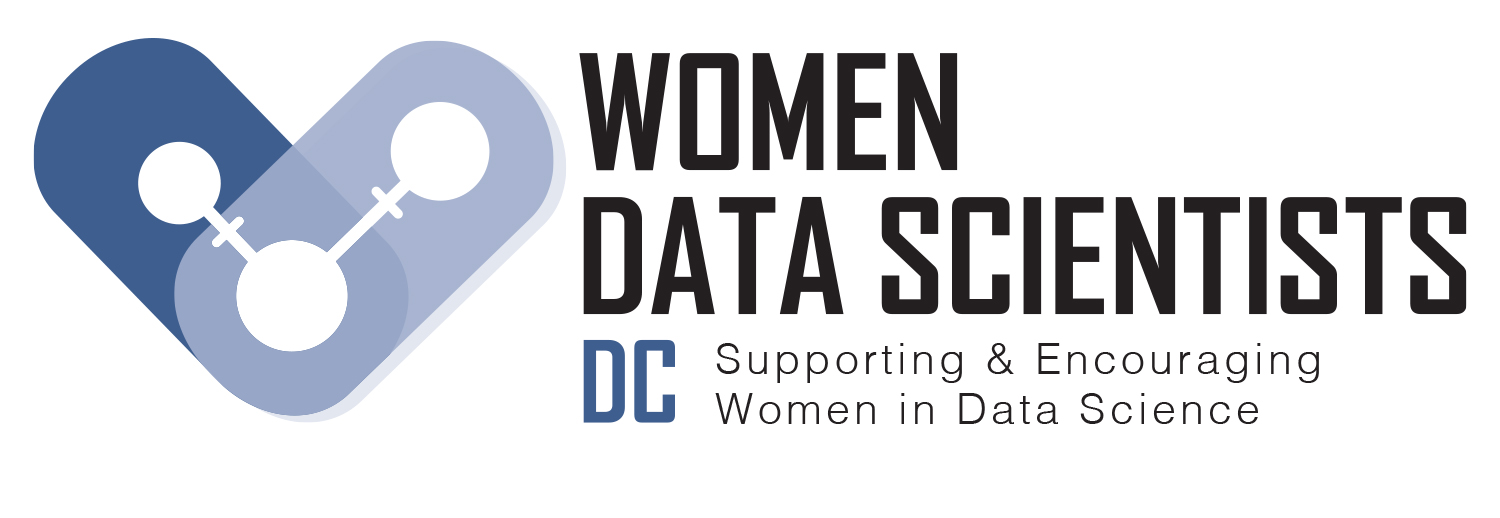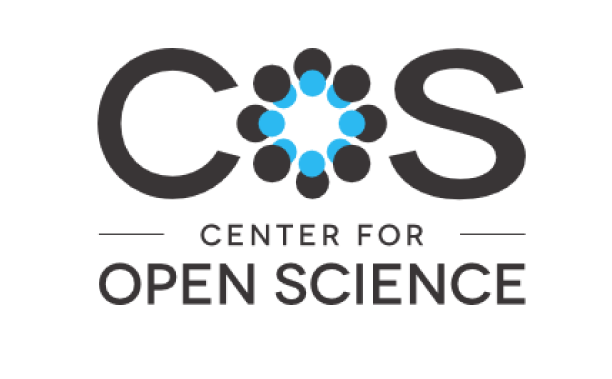Friday 2:45 PM–4:15 PM in Room #370B/C (3rd Floor)
Machine Learning with Text in scikit-learn
Kevin Markham
- Audience level:
- Intermediate
Description
Although numeric data is easy to work with in Python, most knowledge created by humans is actually raw, unstructured text. By learning how to transform text into data that is usable by machine learning models, you drastically increase the amount of data that your models can learn from. In this tutorial, we'll build and evaluate predictive models from real-world text using scikit-learn.
Abstract
It can be difficult to figure out how to work with text in scikit-learn, even if you're already comfortable with the scikit-learn API. Many questions immediately come up: Which vectorizer should I use, and why? What's the difference between a "fit" and a "transform"? What's a document-term matrix, and why is it so sparse? Is it okay for my training data to have more features than observations? What's the appropriate machine learning model to use? And so on...
In this tutorial, we'll answer all of those questions, and more! We'll start by walking through the vectorization process in order to understand the input and output formats. Then we'll read a simple dataset into pandas, and immediately apply what we've learned about vectorization. We'll move on to the model building process, including a discussion of which model is most appropriate for the task. We'll evaluate our model a few different ways, and then end by examining the model for greater insight into how the text is influencing its predictions.
To get the most out of this tutorial, participants should be comfortable working in Python, should understand the basic principles of machine learning, and should have at least basic experience with both pandas and scikit-learn. However, no knowledge of advanced mathematics is required.
Participants will need to bring a laptop with scikit-learn and pandas (and their dependencies) already installed. Installing the Anaconda distribution of Python is an easy way to accomplish this. Both Python 2 and 3 are welcome.
After the tutorial, participants will be provided with a well-commented Jupyter notebook and a list of resources for going deeper into the material.
